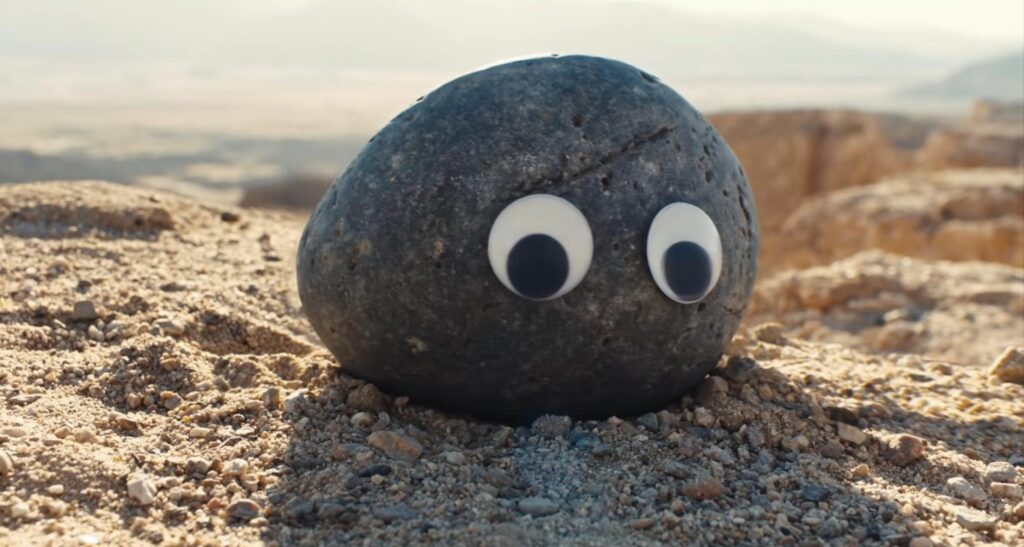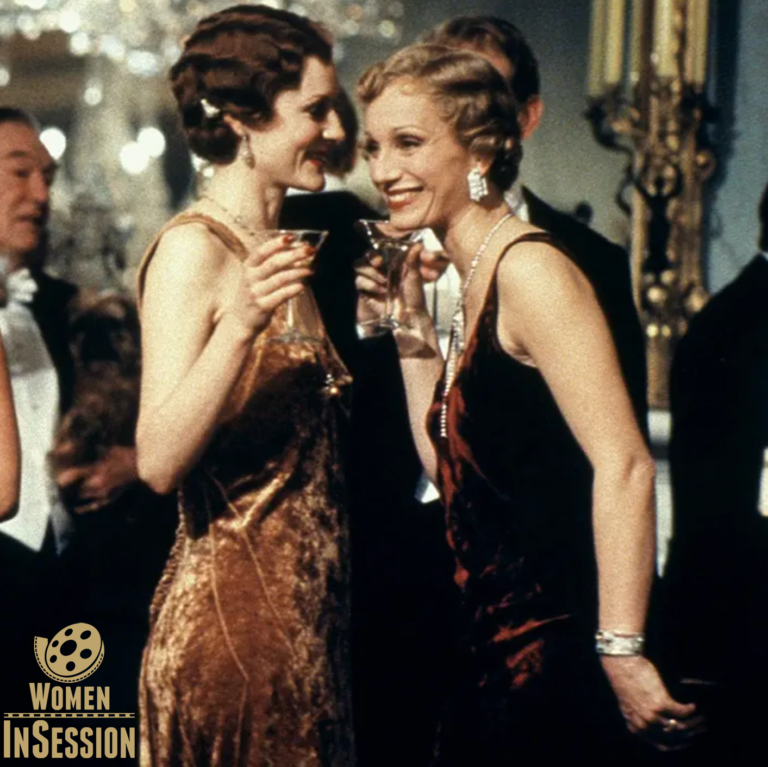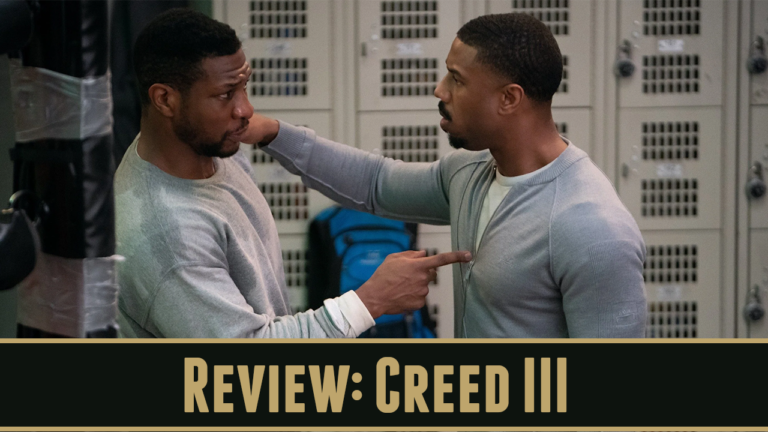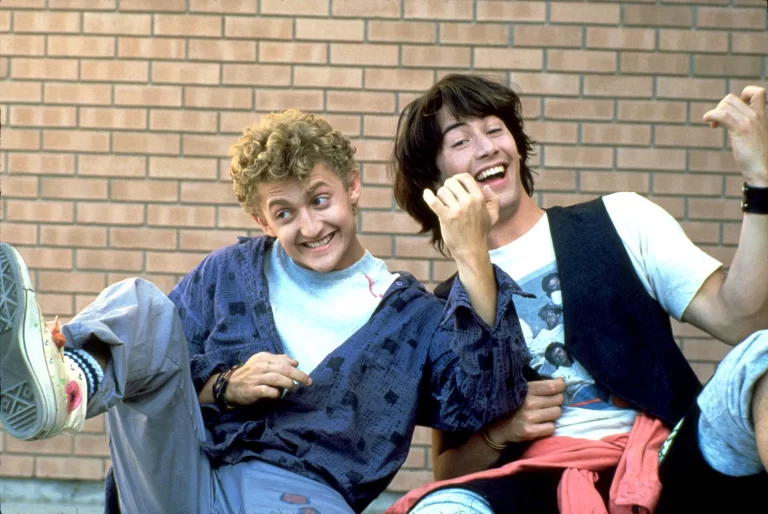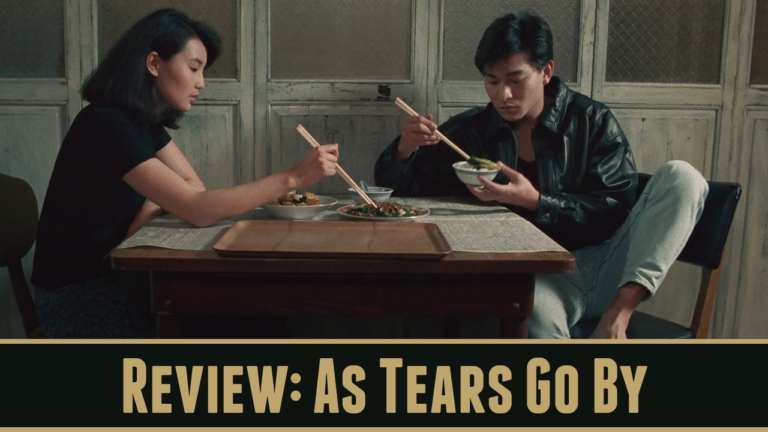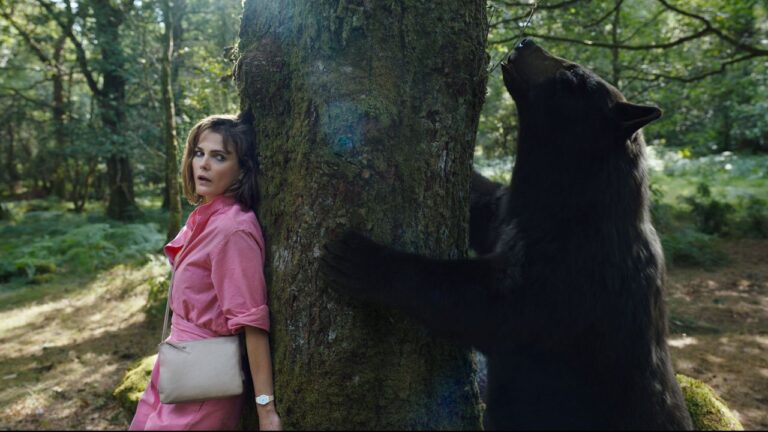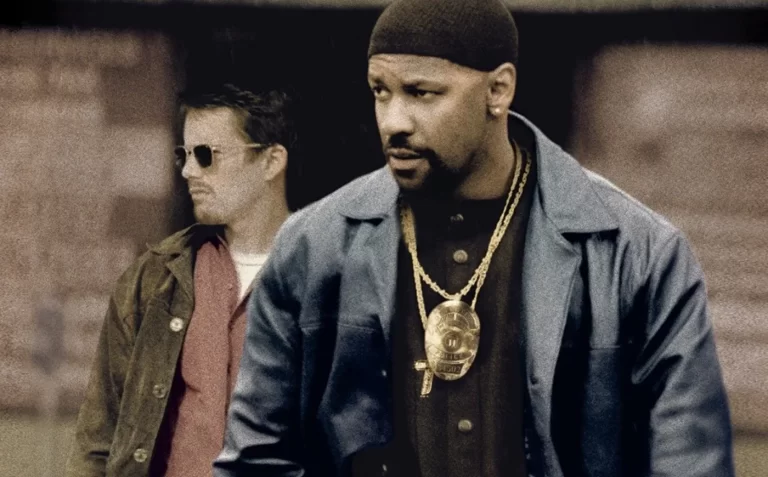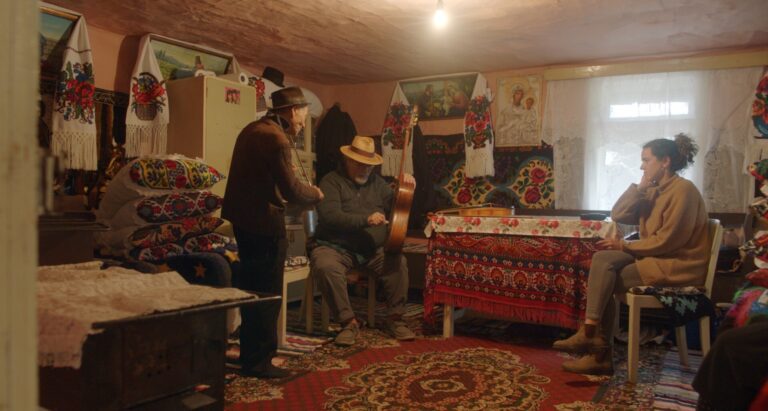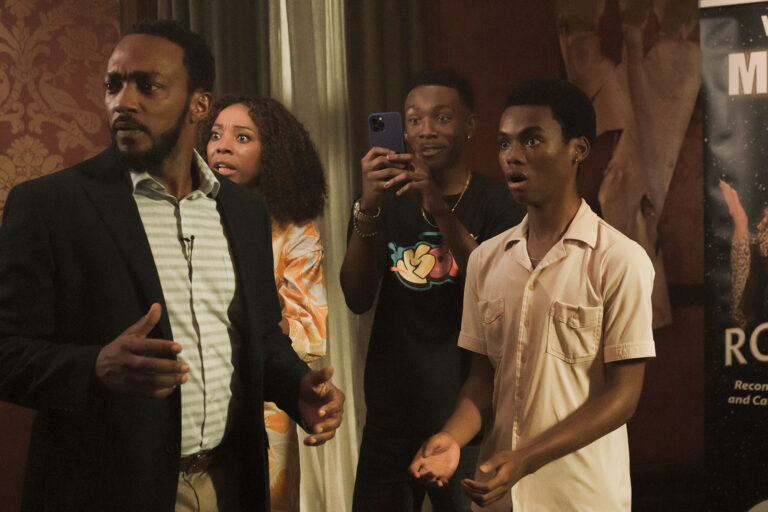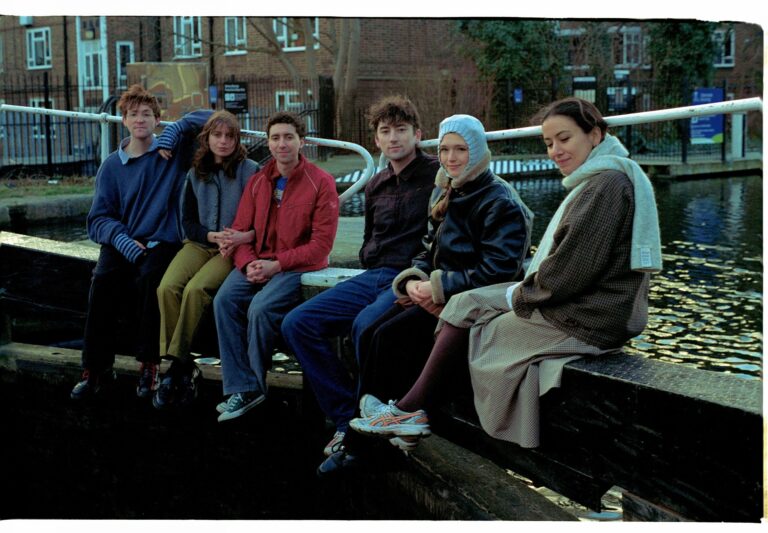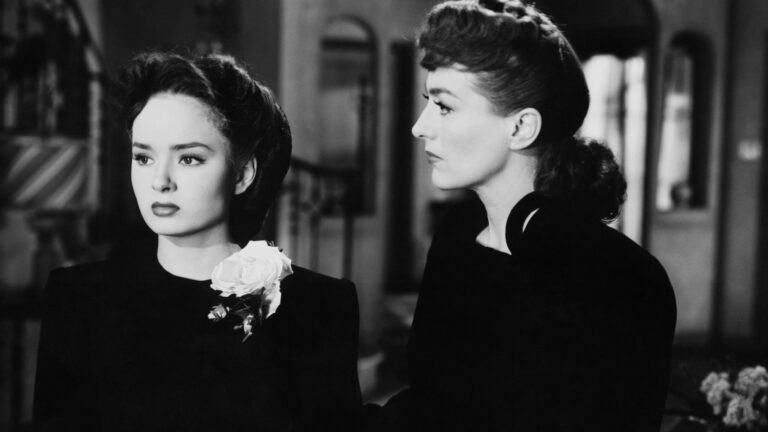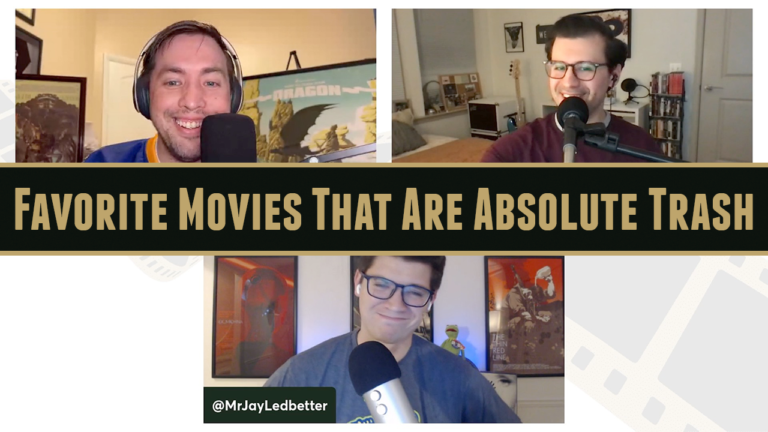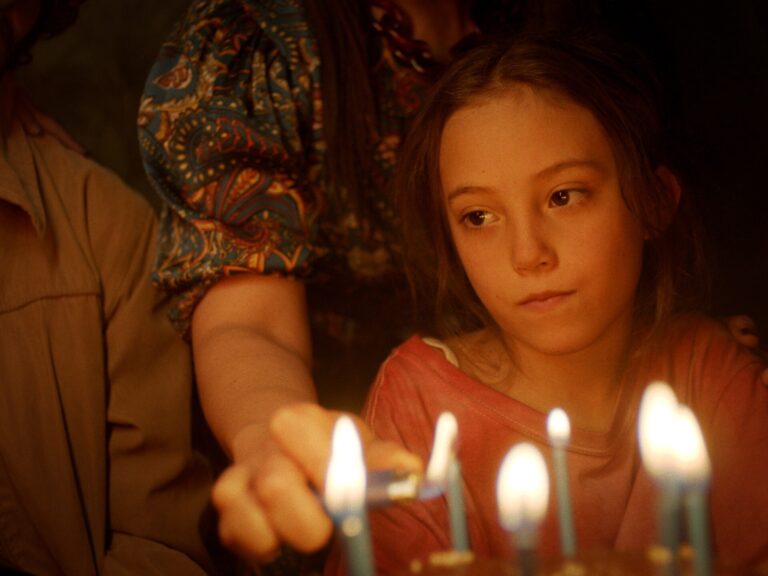Director: Davy Chou
Writer: Davy Chou
Stars: Park Ji-min, Oh Kwang-rok, Guka Han
Synopsis: A twenty-five-year-old French woman returns to Korea, the country she was born in before being adopted by a French couple, for the very first time. She decides to track down her biological parents, but her journey takes a surprising turn.
Davy Chou’s exceptional character study is about the haunting empty void of hollow identity and the non-existent end to finding closure. Equipped with a simply stunning turn by newcomer Park Ji-min, Return to Seoul is wonderfully nuanced. A multi-layered and deeply felt cinematic experience of the trauma of childhood abandonment that is inherent to international adoption.
The story follows Frédérique Benoît (Ji-min). Known as “Freddie,” she is a French Korean woman who was given up for adoption at the Hammond Home (The most prominent adoption agency in South Korea). Now, Freddie returns to South Korea for the first time. Why? The obvious answer is to locate her biological parents. The other appears to be not a search for personal identity but a cultural one.
Freddie is a tiny tornado looking to leave a wake in the Korean cultural establishment. She is staying with Tena (Guka Han), who is a French-speaking translator, her guide to Korea, and her helping hand with Hammond. While having dinner with Tena and her friend, Dongwan (Son Seung-Beom), begins to run to surrounding tables. One by one, she pairs young single men and women at a table. She begins saturating her new friends with an overflowing amount of soju. Freddie is now almost mocking the Korean tradition of pouring one’s drink by caring to serve the entire room, as opposed to just one. She is now rebelling against a culture that rejected her.
Freddie is not trying to fit into her new surroundings, but making those around, who are highly malleable, conform to her. Chou’s script continuously pits east versus west cultural norms against each other. Freddie frequently experiences triggers by her biological family’s unearned concern and guilt-ridden apologies discomforting. Her biological father (Oh Kwang-rok) is a tragic figure, reliving the haunting events of giving up his daughter almost a quarter century ago. So much so that his wife shares with Freddie that he drinks and cries every night before he sleeps, ruminating over her.
The trauma of childhood abandonment makes for a significantly more complex story. Also, being seen through a lens of international adoption is deeply felt throughout Chou’s phenomenal film from different angles. The script really stands out because you learn about individual characters’ triggers, viewing them in other lights, which makes even the smallest of roles three-dimensional. It’s a multifaceted experience. Freddie goes through crescendo-decrescendo patterns and behavior patterns, even during periods of descending and ascending maturity through different life stages. It’s breathtaking, really. Specifically, seeing Ji-min’s burning aggression and anger, heartbreaking sadness, and withdrawal takes us on her journey. All lead to mental health diseases such as major depressive and bipolar disorder and self-medicated substance abuse.
Yes, Freddie was raised in a loving environment, but feeling lonely and isolated. It’s quite a high-wire act Chou clears here. You get the perspective of what some call the child mill of the adoption industry in Korea. (With over 200,000 adoptions since what the Asian Centennial calls the “child diaspora” sparked in 1955 by Bertha and Henry Holt). A simple Google search will also shine a light on the overrepresentation of females in the Korean (and international) adoption system. You’ll also see a reflection of the unspoken bond between other adoptees she connects with in Seoul. The theme of the hot-button topic of international adoption is particularly interesting. This practice has been cut by 72% since 2005—a result of many questioning the practice that was becoming an issue of forced cultural migration. Here, the character of Freddie is a product of intended and unintended consequences that have come full circle.
Return to Seoul is a soul-stirring film (pun intended) that slowly sneaks up on you. As a viewer, Chou will have you asking yourself where the story is taking you. The film’s constant emotional material, like rocks on the bottom of the riverbed, displays devastating effects that shape familial generations. Nevermore apparent in one of the film’s very best scenes, where her biological father makes sure he locates a cab for her with a preset destination to avoid Seoul’s famed Itaewon district because Freddie is achieving a period of sobriety. By the film’s end, you will be in awe of Ji-min’s jaw-dropping arc of maturity and how she deals with yet another moment of disappointment.
Return to Seoul‘s complex portrait of the trauma that comes from abandonment that leads to ethnocultural identity confusion is spectacular —a one-of-a-kind experience that cannot be missed.
Grade – A+





